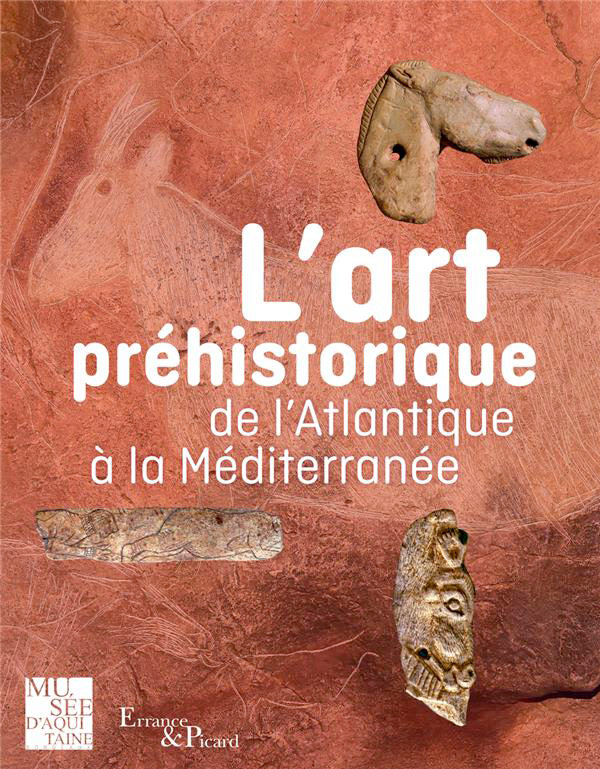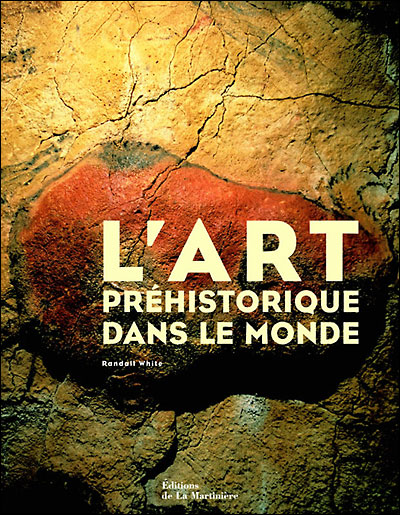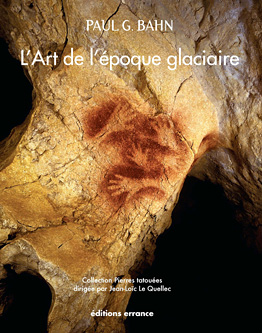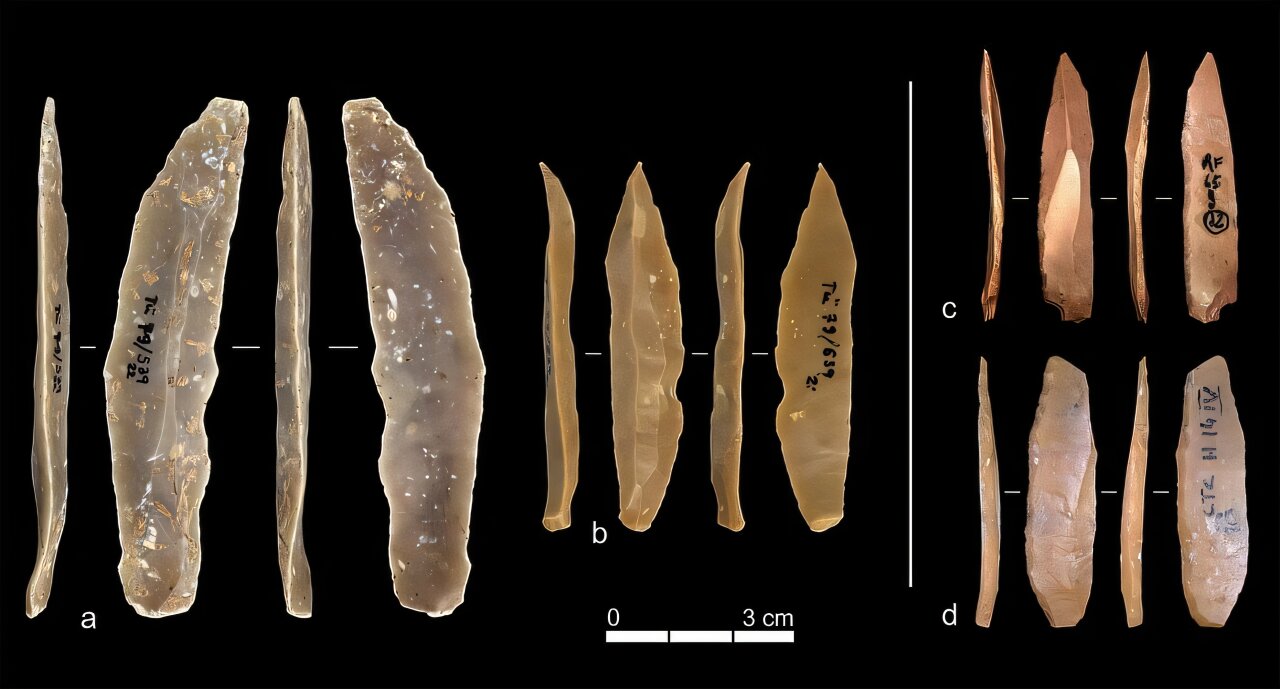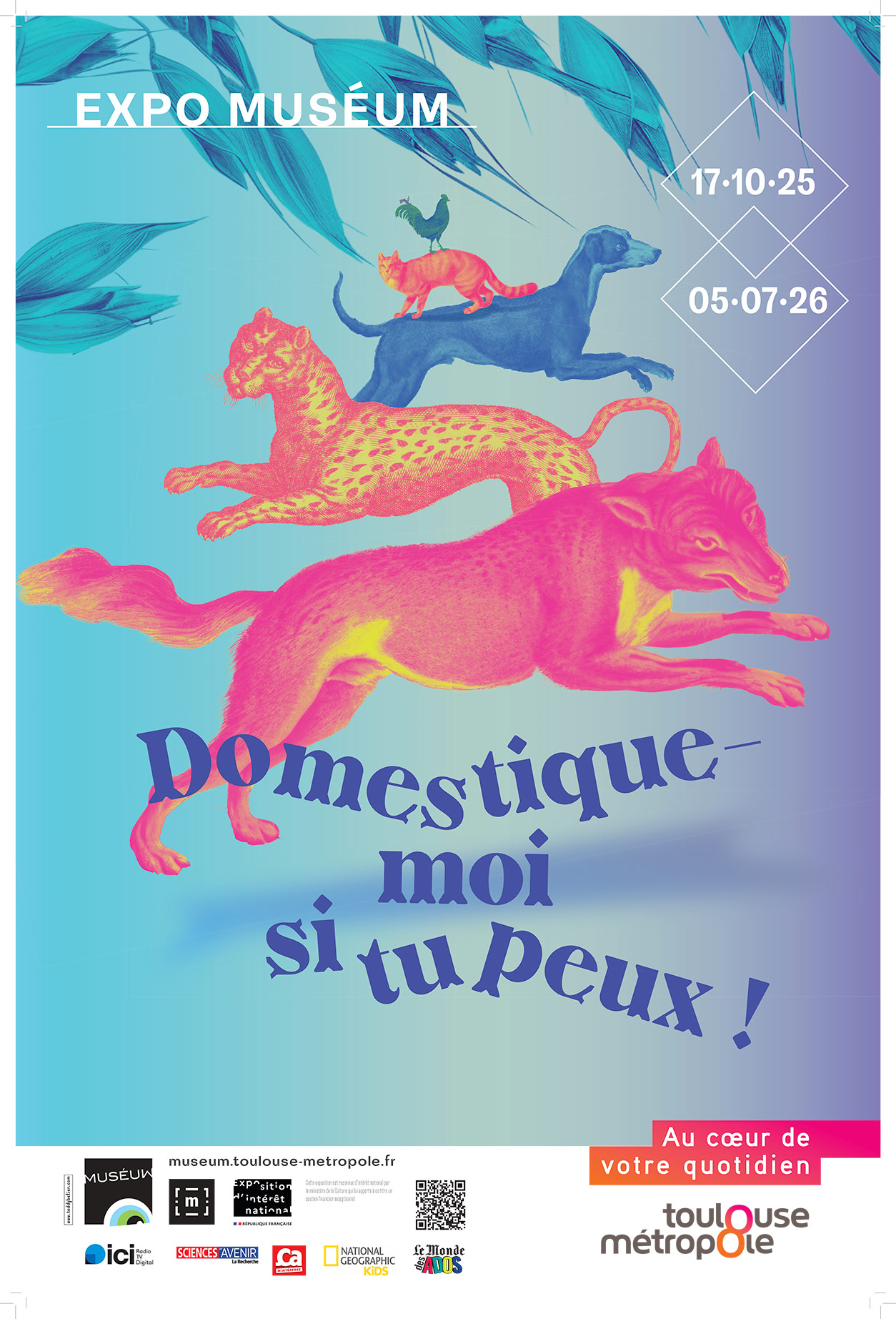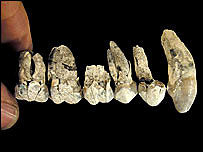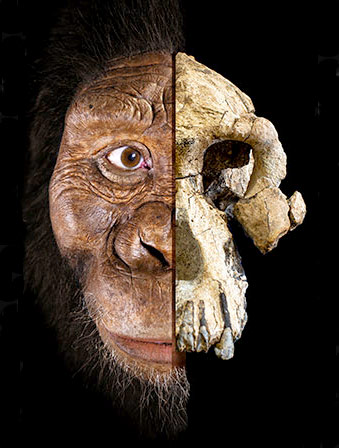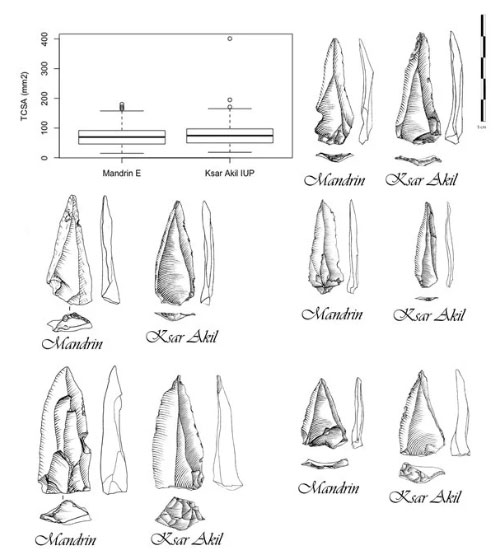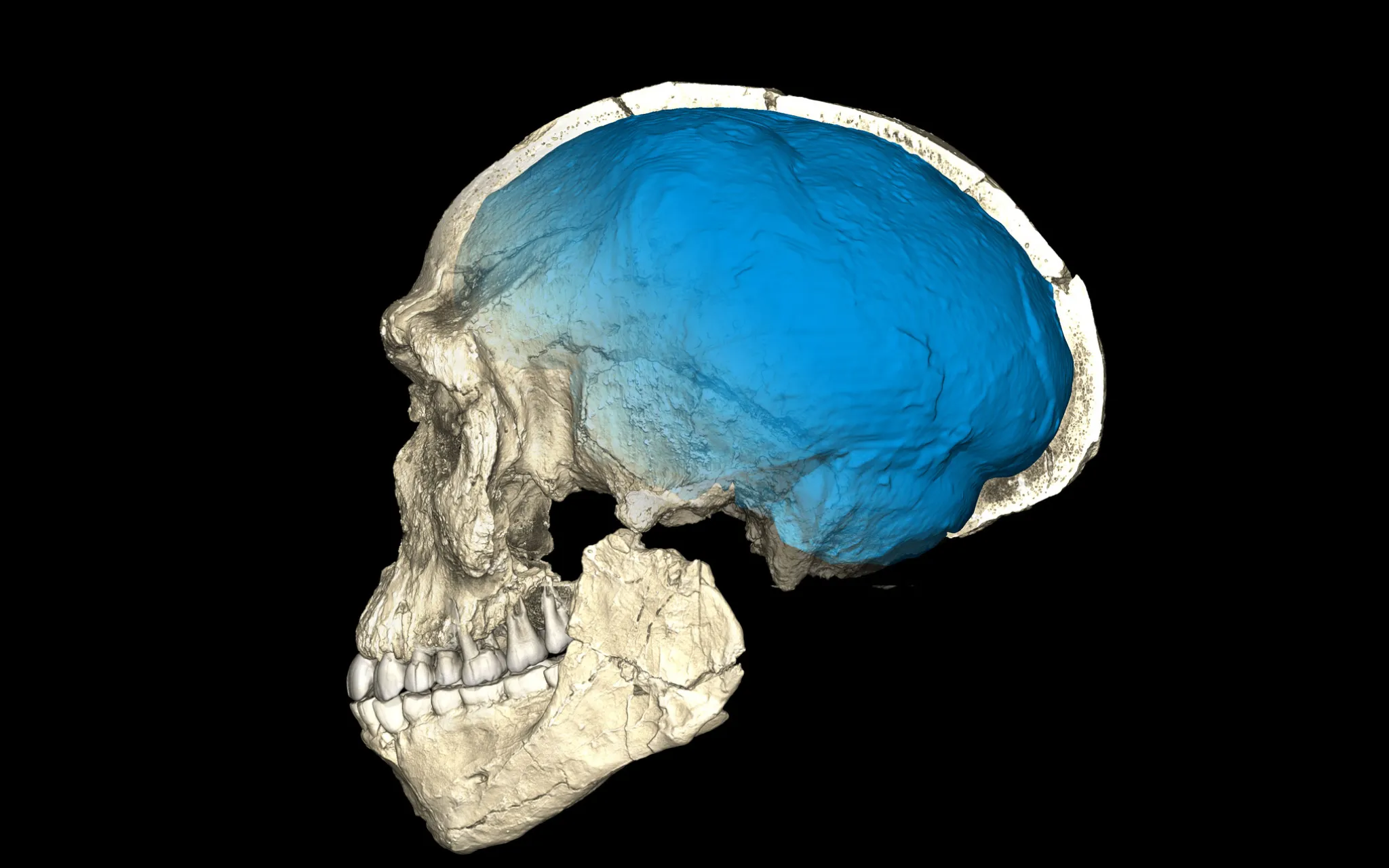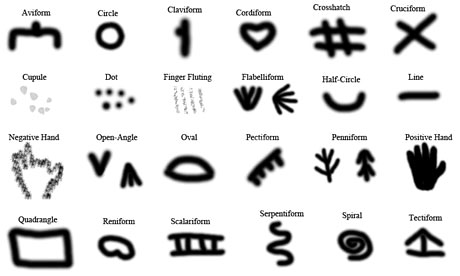The Geometric Signs – An Introduction
The Geometric Signs – An Introduction
Genevieve von Petzinger
(Dept. of Anthropology, University of Victoria, Canada)
The Upper Paleolithic period in Europe, dating to between 10,000 and 40,000 years ago, is an exciting time in our history. It is here that we find some of the earliest examples of humans behaving just like us: they buried their dead, they made music, they carved elaborate tools, jewelry and figurines in a wide variety of materials, and they decorated the caves and rock shelters that they frequented with a rich array of paintings and engravings. Of the three main categories into which this rock art is divided (animals, humans, geometric signs), it is the signs that Andre Leroi-Gourhan (1982) considered to be the “most fascinating area of Paleolithic art”. And while he himself included them in his studies, in general these abstract markings have tended to be overlooked in favor of their figurative counterparts.
It isn’t that researchers in this field don’t find these abstract markings intriguing, in fact starting with Lartet and Christy in the 1860’s, many researchers over the past century and a half have noted the geometric signs and wondered about their function (for a good overview of the history of the study of the geometric signs, see Sauvet 1993). But as Paolo Graziosi (1960) has noted, one of the biggest barriers to studying this image type is that their “significance is obscure” and that they “often float in an atmosphere of pure symbolism or abstraction”. And this is really the problem. Unlike with the other types of rock art imagery where it is at least possible to identify what the subject is (e.g. a bison, a horse, a human, etc.), with the geometric signs it is difficult to know where to start. These non-figurative markings are not easily recognizable as being objects from the mundane world, which means that they must be studied in a way that is slightly different from the animal and human images. So how can we as modern researchers possibly try to understand why these ancient people decided to create these signs when the individuals who made them have been dead for millennia? This is the challenge that faced me when I decided to investigate this particular type of rock art several years ago.
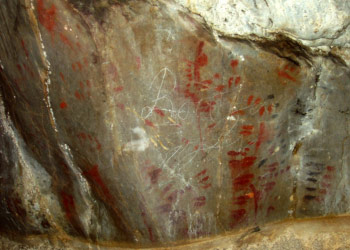
Geometric signs are found at nearly all decorated rock art sites in Western Europe, but the meaning(s) they held for those who produced and replicated them remain elusive. For the past 100 years, this category has generally been the dumping ground for all unidentifiable imagery from this period, resulting in there potentially being at least two types of motifs combined in this grouping: stylized but ordinary images of everyday life (e.g. tools, weapons, housing) which we are just not necessarily recognizing, and truly abstract shapes which could very well be symbolic representations of important concepts/ideas, or the manifestations of transcendent, shamanistic experiences in the form of entoptics (for a detailed explanation of the shamanism theory see Lewis-Williams 2002). These possible interpretations do not preclude the possibility of there being other motivating factors as well, but what is important to note is that in all likelihood, there is no single theory which could explain the purpose of all of the signs.
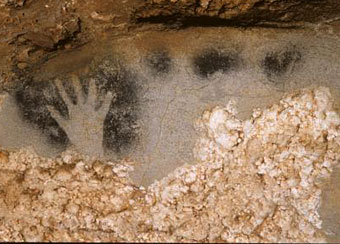
When I started the initial phase of my research, I was surprised to discover that there were no large-scale studies focusing specifically on the geometric signs. I wanted to know how many distinct shapes there were, and whether the same ones repeated across space and time. Part of my motivation in pursuing these particular questions was that I was interested to see if the signs appeared to be purposeful or if they were merely for decoration or the result of random doodling. I was also curious to see if the signs appeared to be a local invention within Europe or could some of them have been part of the “cognitive tool kit” that modern humans brought with them when they first arrived on the continent over 40,000 years ago?
To begin addressing this gap in our knowledge, my first study consisted of compiling and analyzing a relational database of all known geometric signs found in France during the Upper Paleolithic period, and then looking for patterns of continuity and change over time and space. For this project, I detailed chronological and regional patterning in sign type frequency and examined the implications of these patterns for understanding where, when and why the making of non-figurative signs would have been meaningful to the creators of these images. Other than some difficulties in accumulating sufficient data for each site, probably the most challenging part of this project was creating a unified typology of the French geometric sign types out of several regional versions. Many of the earliest sign types were assumed to be narrative, or pictographic in nature, and were named accordingly using a Latin-based typology (e.g. penniform = spear or arrow, tectiform = hut or animal trap, and claviform = club), as well as being based on a hunting magic interpretation. Bahn (1997) has suggested that while these interpretive names are no longer taken literally, they are now so embedded in the literature, that they have been retained as general descriptions of certain sign type shapes. Based on this, I included these descriptive category names in my typology since they are the most widely recognized designations, as well as using geometric descriptions (e.g. triangle, circle, etc.) where possible. Below is the current working typology for all known geometric signs found in France during the Upper Paleolithic period.
Even at this stage, I already had visions of comparing the signs at the continental level to look for interregional patterns, but I first needed to see if there was even anything to be gained by approaching the non-figurative imagery in this way. Focusing on France seemed like a good place to start, and gave me a chance to test this particular method. My findings from this study were very promising. Geometric signs were present at 147 out of 170+ total sites in France. The sites where there are no signs present tend to be those with very modest inventories comprising a small number of animal images (an example of this would be the Grotte de la Grèze in France), and often have a poor level of preservation. This suggests that some of the original images may no longer be visible, so it is always a possibility that there were also signs initially, but that they just are no longer identifiable. The geometric signs used in France during the Ice Age show definite spatial and temporal patterning between the sites, and 70% of these sign types remained in use throughout this period. This leads to interesting questions regarding the geographical and temporal origins of these markings – some of the signs already appear to be widely distributed even at 35,000+ years ago (e.g. open-angles, circles), while others do not appear until much later, and can clearly be seen as examples of local invention (e.g. tectiforms).
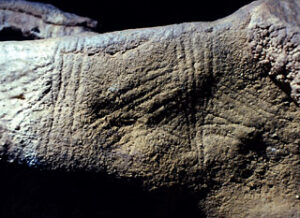
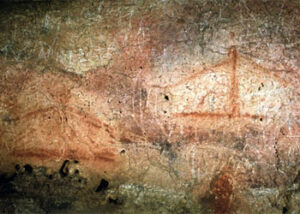
The way I have approached meaning in my work is to look at it indirectly. Since a direct interpretation of the signs is impossible due to their abstract nature, I realized that I would need to look at the way the signs were being used if I wanted to gain insight into the capacity of these people to produce and manipulate symbols. The repetition of the same signs for so long and the choices that they were making regarding what to portray at each site points towards intentionality. This continuity suggests the geometric signs were being used with purpose, and that they were meaningful to those who created them. No sign appears everywhere, so they were clearly making decisions as to what they should represent rather than anything being an automatic inclusion. With such a limited number of geometric signs being used across time and space, I do not need to understand exactly what they meant to know that they were important to the people of Ice Age Europe.
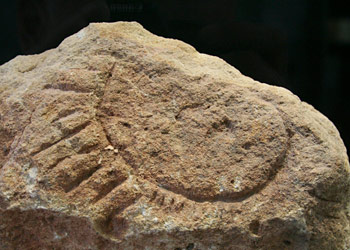
Having found that there were in fact clear patterns in the way the geometric signs were being used at rock art sites in France throughout the Upper Paleolithic, I have now embarked on a series of new projects that expand on this research. At the center of this is the enlargement of the database to include all other known rock art sites in Europe that contain geometric markings. I never saw the identification of usage patterns as being the only objective of my study, and as the signs are organized into the database, they can then be used to test quite a few different related hypotheses. Some of the questions I am currently pursuing using the signs include: can we track the passage of people and culture/ideas across the landscape of Europe by following the movement of the signs?; do we find at least some of the same signs in all regions, and does this allow us to pinpoint places of origin as well as signs that may have been invented prior to the arrival of humans in Europe?; and, with preliminary tests having shown that pairings and even larger groupings of signs are repeating at multiple sites, will these patterns remain visible when tested on a bigger data set?
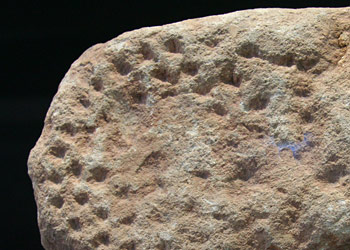
Another area where further work is needed relates to the geometric sign inventories of the rock art sites in France as well as the rest of Europe. In general there are very few photographs of the geometric signs, and when I originally compiled my database for France I was forced to rely heavily on written inventories and descriptions 1. The emphasis has often been on the animal depictions, with the geometric signs sometimes being treated as an afterthought, if included in the detailed inventory at all. In many cases, I used existing photos and drawings and had to decide for myself what each site contained, but this was also limited by what had been visually documented. To address this shortcoming, over the course of 2013 I will be travelling to sites throughout Europe (including France, Spain, Italy and even several countries in Eastern Europe) to photograph some of the signs myself. My goal is to create complete inventories for sites where data is lacking, and at that point I will be able to make better comparisons both between and within sites.
¹ This was only possible due to the many researchers who contributed to books like L’Art des Cavernes, as well as Leroi-Gourhan, Delluc and Delluc for their detailed inventories and image distribution maps of many French sites in Prehistoire de l’Art Occidental. These reference books provided the foundation for much of my research.
References mentioned in the text
Bahn, P. G. and Vertut, J. (1997). Journey Through the Ice Age. Berkley: University of California Press, 1st edition.
Graziosi, P. (1960). Palaeolithic Art. New York: McGraw-Hill Book Company Inc.
Lartet, E. and Christy, H. (1865-1875). Reliquiae Aquitanicae. London: Williams and Norgate.
Leroi-Gourhan, A. (1982). The Dawn of European Art: An Introduction to Palaeolithic Cave Painting. Cambridge: Cambridge University Press.
Leroi-Gourhan, A., Delluc, B. and Delluc, G. (eds). 1995. Préhistoire de l’Art Occidental. Citadelles et Mazenod, Paris.
Lewis-Williams, D. (2002). The Mind in the Cave: Consciousness and the Origins of Art. London: Thames and Hudson.
Ministère de la Culture (France) (Ed.) (1984). L’Art des Cavernes: Atlas des Grottes Ornées Paléolithiques Françaises. Imprimerie Nationale, Paris.
Sauvet, G. (1993). « Les Signes Prehistoriques » in L’Art pariétal paléolithique. Techniques et Méthodes d’étude (GRAPP), éd. du CTHS, 219-234.
![]() Translation of « Les signes géométriques – Une introduction » by Claude AYME.
Translation of « Les signes géométriques – Une introduction » by Claude AYME.
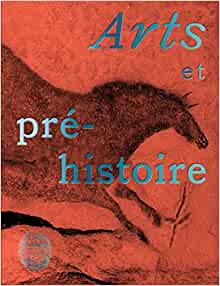
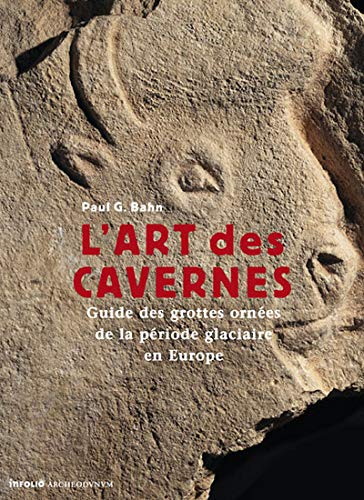
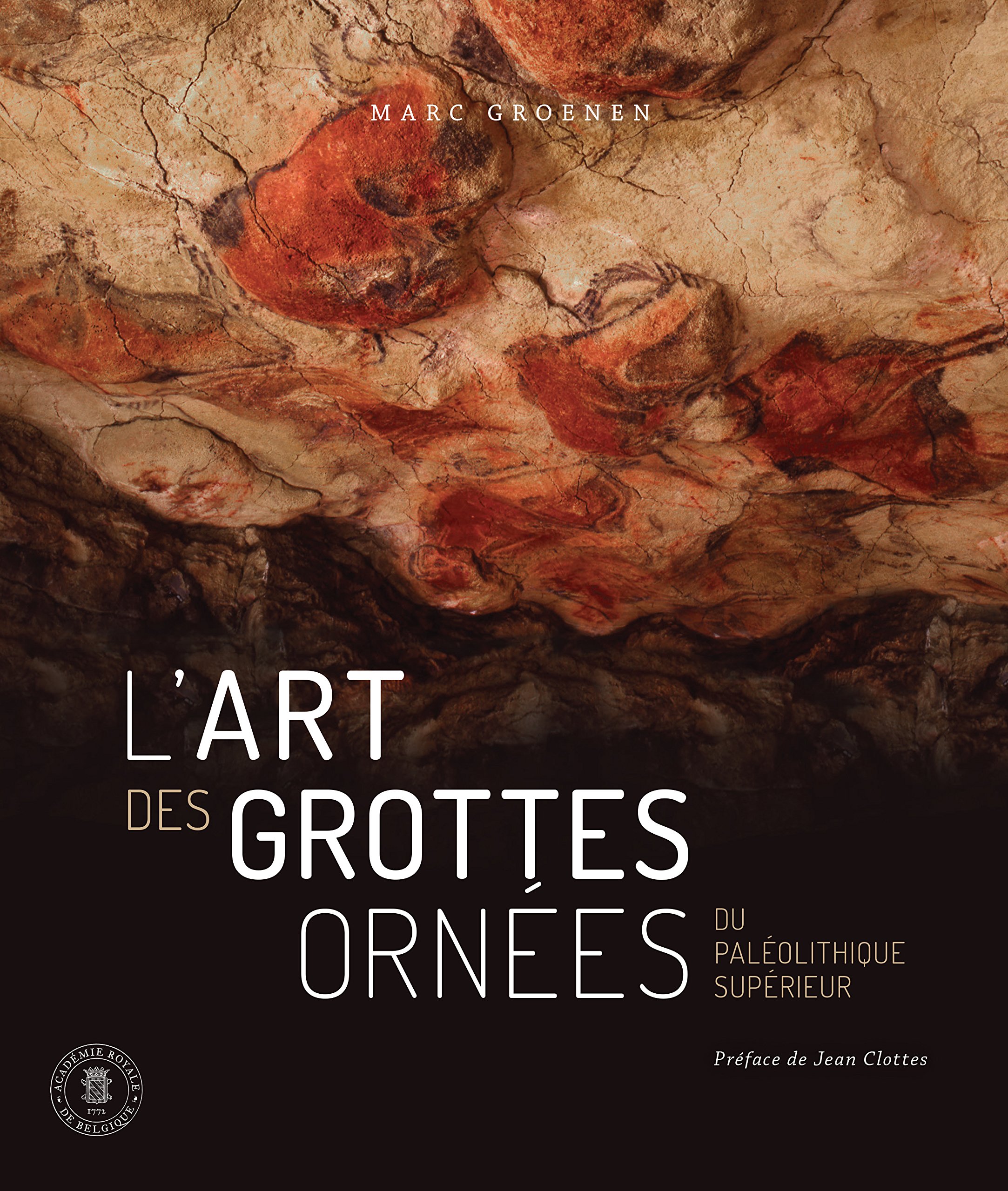
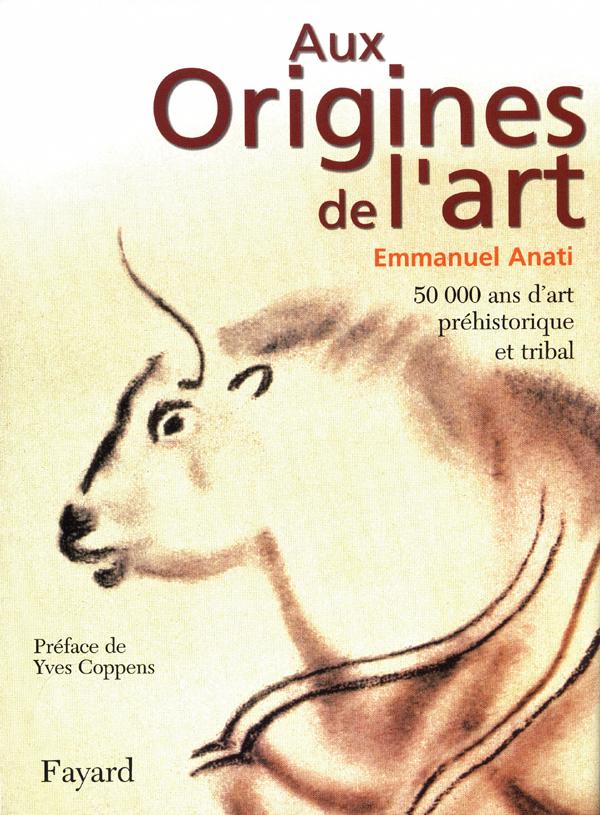
Emmanuel Anati
